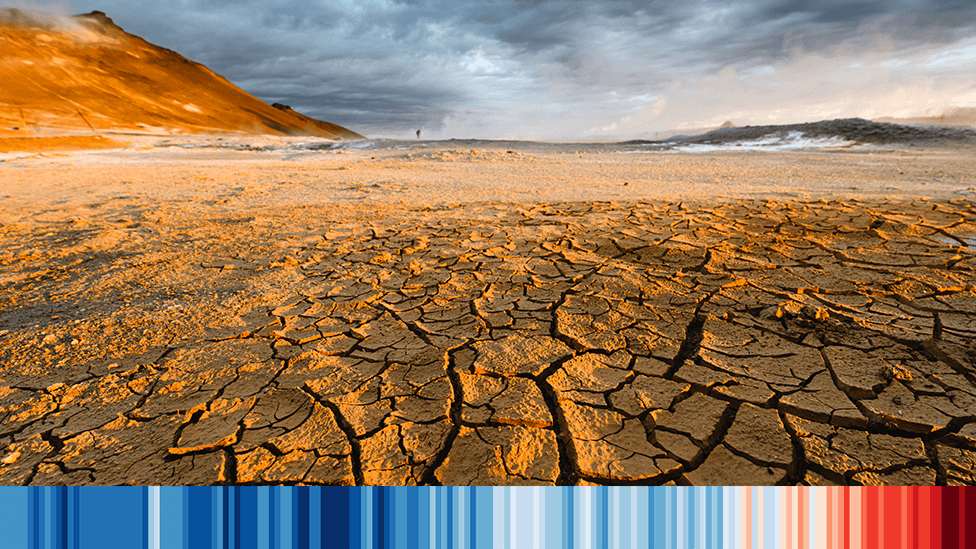Will wet summers continue in NI?
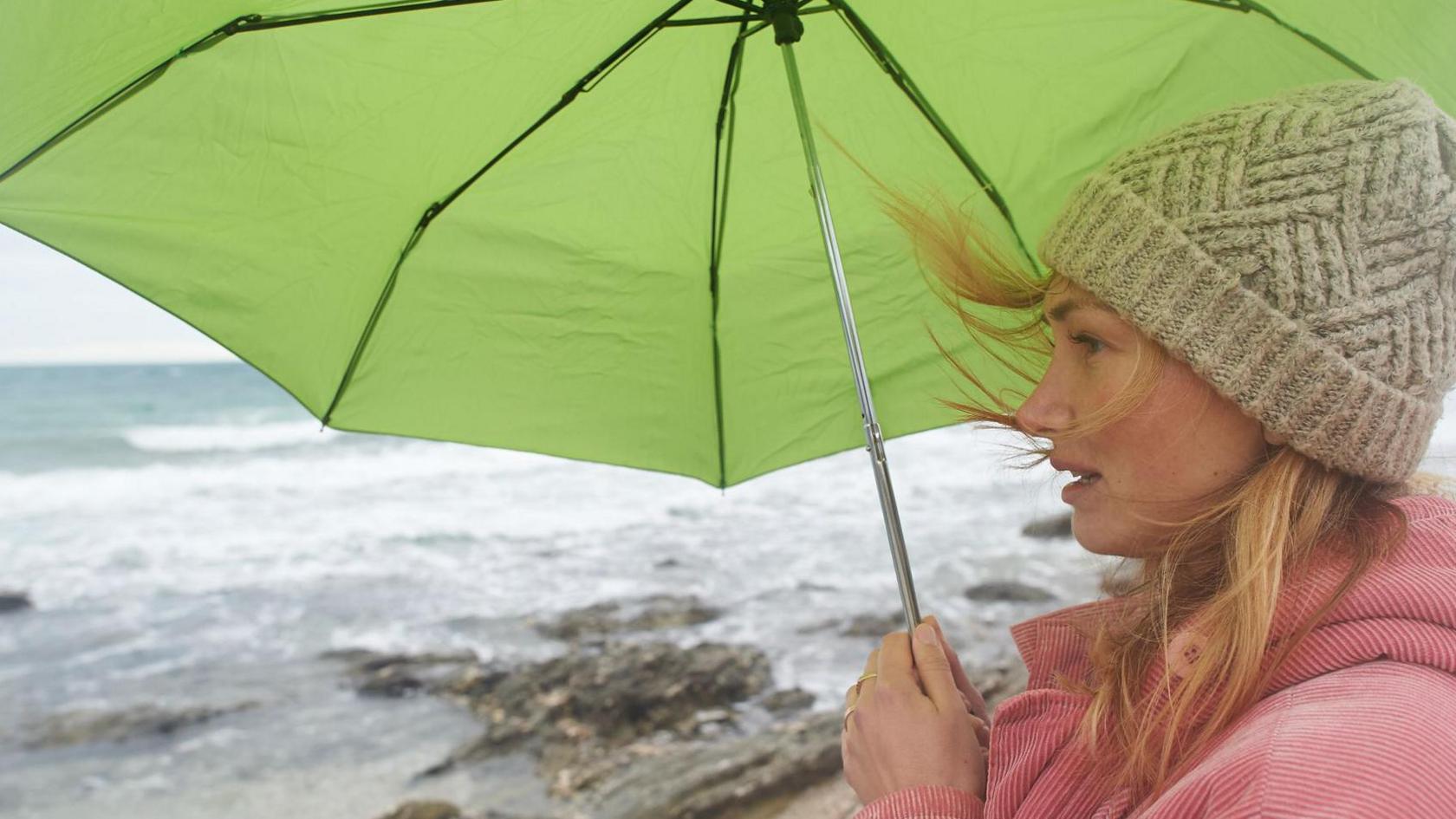
- Published
It's been a disappointing summer so far, often cool with few completely dry days and a lack of sunshine, not to mention unseasonably windy conditions at times.
This might make it hard to digest the latest analysis from the Met Office, which says that the UK is getting hotter and wetter.
The mean temperature (an average of the maximum and minimum temperatures) for the summer so far in Northern Ireland is about 12.5C, that is just over 1.5C lower than the long-term average.
These figures are likely to change as July has had some warmer weather recently.
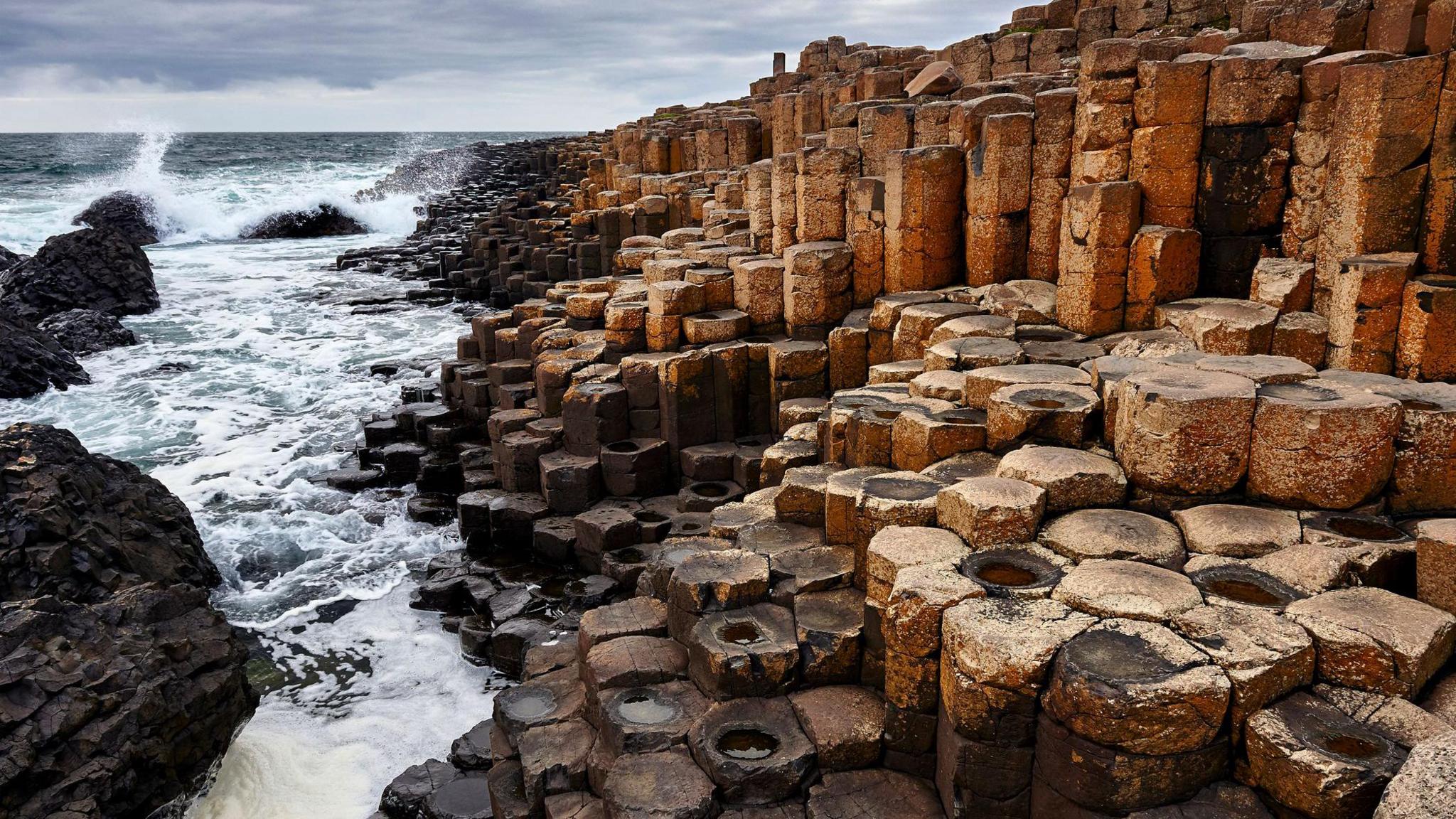
Climate change does not mean a Mediterranean type of weather will shift northwards
Climate change does not mean a Mediterranean type of weather will shift northwards.
It means that Northern Ireland is experiencing - and will continue to experience - warmer and wetter years.
One poor summer will not alter the overall trend.
I have analysed the statistics for Northern Ireland over the last 60 years, with data supplied by the UK Met Office.
After breaking the figures into 30-year groups, for example 1960 to 1990, 1970 to 2000 etc, there is a definite trend to an increase in average annual temperature and annual rainfall.
Rainfall amounts have been increasing at a greater rate in recent years.
If you break down the figures further into individual counties it appears that traditionally drier parts of Northern Ireland, such as Counties Armagh and Down, have been notably wetter, and with infrastructure built for a climate 30 years ago, less able to cope with extreme rainfall events.
Are we adapting?
Samuel Glover from County Down has been farming for over 40 years and is a keen weather watcher.
He said farming practices have changed, it is less manual now and more machinery is used.
But he said there will always be good seasons and bad seasons.
"One has to take advantage of the good weather when it's available," Mr Glover said.
"This year has got off to a very wet start but most have caught up, though arable farmers will be well behind when it comes to harvesting."
Mr Glover believes there will be changes over the next few years, some for the better and some for the worse.
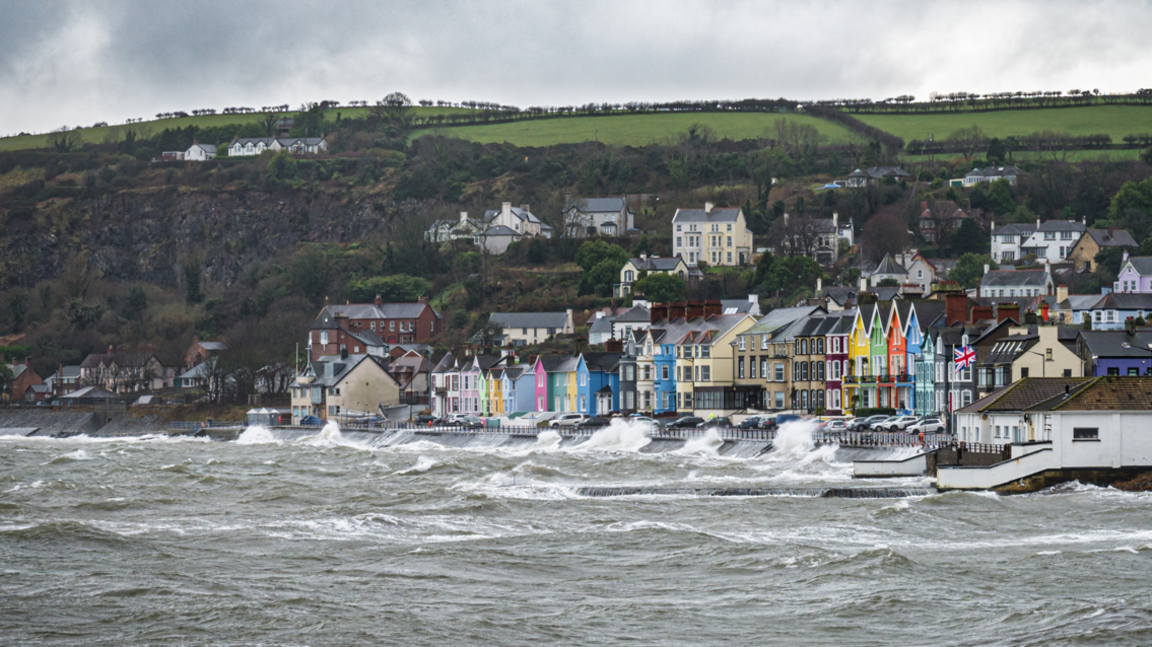
An impact of climate change is a potential increase in storms, both in severity and frequency
Another impact of climate change is a potential increase in storms, both in severity and frequency.
What would this mean for wind energy?
The first wind farm in Northern Ireland is Corkey, located in Loughgiel, Ballymena.
It was connected to the grid in March 1994 and consisted of 10 turbines.
Up to 2020, 45% of electricity came from renewables and 85% of that was from wind.
The target for 2030 is for 80% of electricity to be from renewables.
According to Steven Agnew, director of Renewable NI, Northern Ireland is now playing catch-up compared to Great Britain and the Republic of Ireland.
Mr Agnew said the target is achievable with a joined-up approach between the market, local and central government.
Concerns that supply will outweigh demand
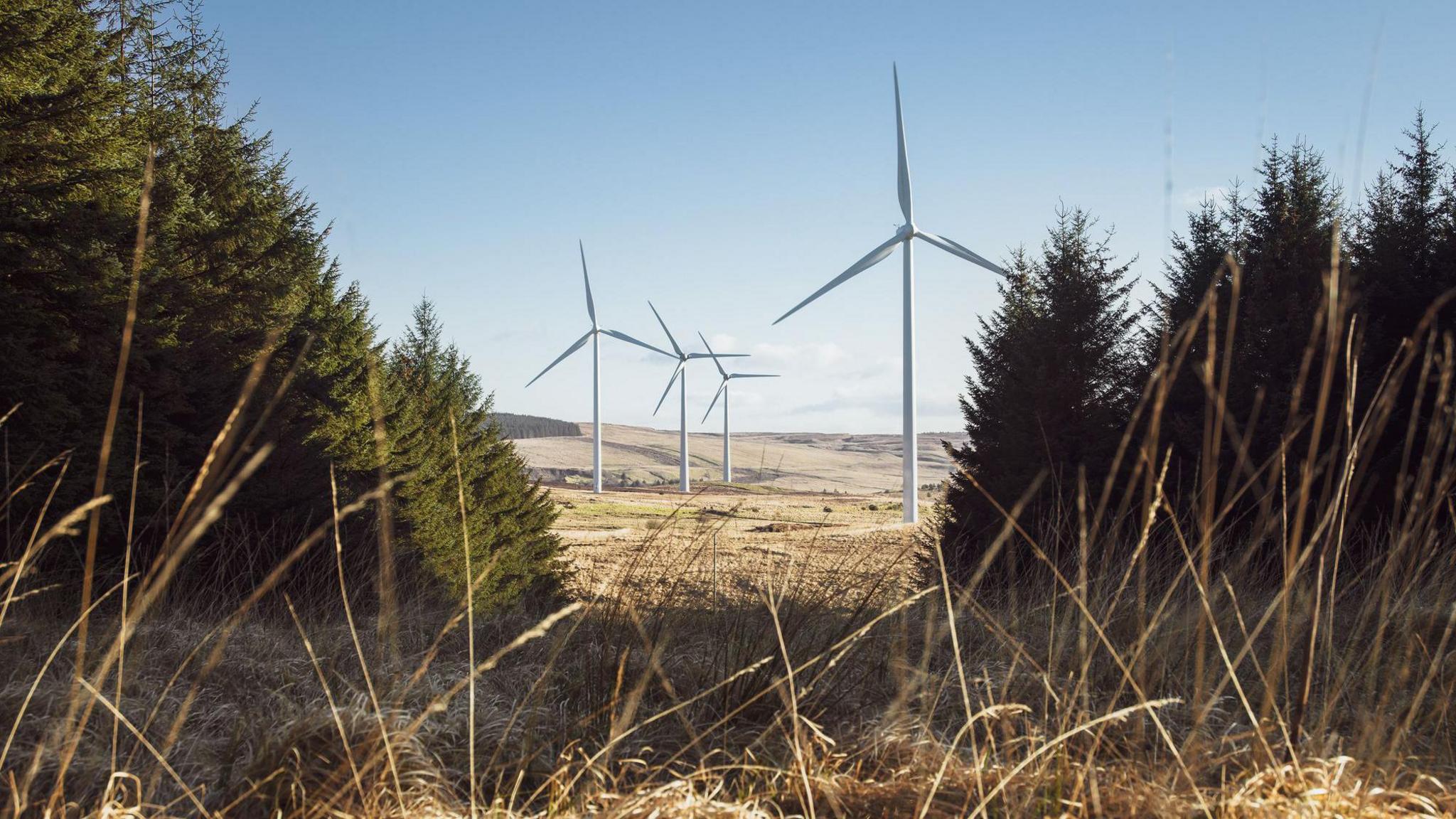
The target for 2030 is for 80% of electricity to be from renewables
Spain has invested heavily in wind farms and combined with solar energy; they are the second largest renewable energy infrastructure in the EU.
However, there are now concerns that supply will outweigh demand at times leading to a surplus of electricity.
The reason this is a concern is that it can make the industry less attractive to investors.
Another perhaps previously unforeseen impact of climate change.
More resilience required

Mark Allen, a florist from Portrush, says brides-to-be are quite often requesting a wildflower mix in their bouquet
As the planet warms and sea levels rise, there will be an impact on marine and plant life.
Gardeners may have noticed a change in what grows and when, compared to 10 or 20 years ago, not to mention cutting the grass in the winter.
However, most of the plants that florists use have been grown in huge greenhouses, where light, temperature and humidity are strictly controlled.
These greenhouses are increasingly being powered using solar and wind energy and some growers do save rainwater run-off to help with watering.
Mark Allen is a florist in Portrush, County Antrim.
He has been in the industry for most of his adult life and opened his first flower shop over 20 years ago.
He says customers’ tastes and demands have changed, as with other fashion trends.
The current preferred flower arrangements at weddings for example is "more natural" and brides-to-be "quite often want a wildflower mix in their bouquet".
Ironically, the wildflowers are also grown in a controlled environment.
One thing that has changed in the industry is the susceptibility to pests and infestation, as the "bug season" lasts longer.
Related topics
- Published25 July 2024
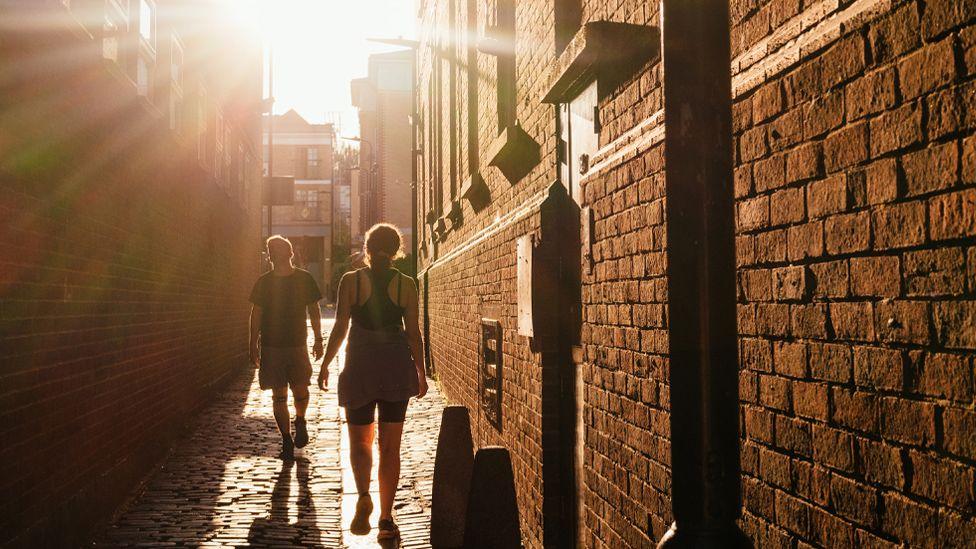
- Published8 May 2024

